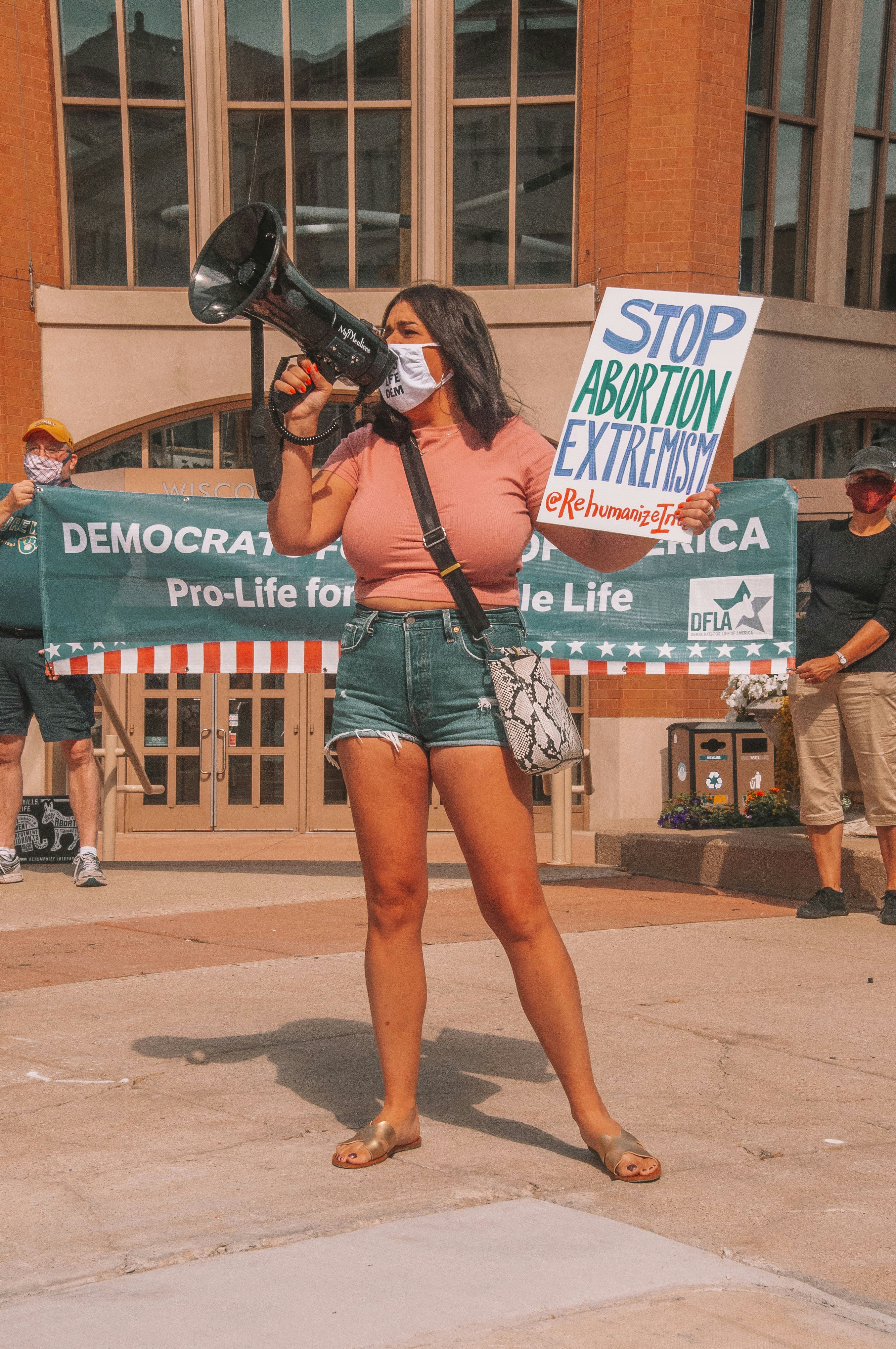Now Reading: The Declining Democratic Party: A Shift Towards Extremism and Public Backlash
- 01
The Declining Democratic Party: A Shift Towards Extremism and Public Backlash

The Declining Democratic Party: A Shift Towards Extremism and Public Backlash
An Overview of the Democratic Party’s Decline


The Democratic Party, once a formidable force in American politics, has witnessed a notable decline in its standing over recent years. This downturn is marked by a series of electoral defeats at both state and national levels, leading to a significant erosion of its influence. The 2020 elections initially seemed promising for the party, as they succeeded in the presidential race; however, subsequent midterm results indicated a troubling trend. Numerous state legislatures have shifted toward Republican control, reflecting voters’ discontent.
Public opinion polls suggest a growing sense of disillusionment among constituents once loyal to the Democratic Party. Polling data reveal a notable drop in approval ratings, as voters express dissatisfaction with various party agendas and leadership decisions. The juxtaposition of expected progress against real-world outcomes has contributed to an unsettling narrative within the party. These public sentiments are further complicated by rising economic challenges, such as inflation and job security, which party members have struggled to address effectively.
Additionally, internal divisions over key issues, ranging from healthcare reform to climate change policies, have exacerbated the party’s decline. Progressives and moderate Democrats often find themselves at odds, creating an atmosphere of discord that makes cohesive policy-making challenging. Controversial stances on topics like immigration and police reform have alienated some traditional supporters, further widening the chasm in public perception. This fragmentation threatens the party’s ability to present a united front in elections, leaving it vulnerable to opposition attacks.
In summary, the Democratic Party’s decline is a multifaceted issue influenced by electoral losses, public dissatisfaction, and internal strife. As these challenges continue to mount, the party must navigate its path forward carefully, addressing the concerns of its base while striving to regain trust and support among the electorate.
Kamala Harris and Gavin Newsom: Key Figures For The Democratic Progress or Catalysts?

Kamala Harris and Gavin Newsom play pivotal roles within the Democratic Party, serving as prominent figures in the context of evolving political dynamics. Their stances on issues such as transgender rights, puberty blockers, and hormone therapies reflect not only their personal beliefs but also signify broader trends within the party. As the Democratic Party increasingly embraces progressive policies, Harris and Newsom exemplify the challenges the party faces in maintaining voter support amidst rising public backlash.
Kamala Harris, the Vice President, has taken strong positions in support of transgender rights. She has advocated for enhancing protections against discrimination and promoting inclusive policies. However, her support for puberty blockers and hormone therapies for minors has sparked significant debate. Critics argue that these medical interventions require careful consideration and often tie into larger ethical discussions about parental consent and informed decision-making for youth. Harris’s positions may resonate with a progressive base but could alienate moderate voters who remain wary of rapid changes in social policies.
Gavin Newsom, the Governor of California, mirrors similar convictions, embracing progressive agendas that have included expansions of healthcare access and advocacy for LGBTQ+ rights. Nevertheless, his handling of contentious issues like gender-affirming treatments for minors has drawn scrutiny. Observers note that while Newsom aims to position California as a leader in progressive policies, there are concerns about how these decisions will affect public opinion and electoral prospects in more conservative regions. His political future may hinge upon balancing innovative policies and the exigencies of voter sentiments across the spectrum.
In navigating these complex dynamics, both Harris and Newsom encapsulate the broader dilemmas facing the Democratic Party. Their roles as potential catalysts in an evolving political landscape demonstrate the ongoing struggles for voter support amid an increasingly polarized electorate. As attitudes towards controversial policies shift, the implications for the party’s stability and electoral viability remain significant.
The Controversial Policies: Pedophilia Accusations and Public Reactions

The Democratic Party has faced intensified scrutiny over certain policies, particularly those related to transgender youth, which have been linked to accusations of extremism and, alarmingly, pedophilia. This discourse has emerged from public speeches and legislative actions that some constituents believe could undermine the protection of minors. One pivotal issue is the recognition of child marriage in California, which has drawn considerable criticism and prompted discussions among various advocacy groups.
Critics argue that proposals to support the rights of transgender youth, such as access to gender-affirming care and recognition of their identities, have led to misinterpretations that equate this support with the acceptance of inappropriate adult relationships. These accusations have proliferated within certain segments of the population, fueled by fear and misunderstanding around the complexities of gender identity and childhood development. As these discussions unfold, the party finds itself at the center of a growing controversy.
In public forums and social media platforms, lawmakers’ statements advocating for such policies have sparked backlash from conservative factions. This reaction often underscores a narrative that positions the Democratic Party as increasingly disconnected from mainstream values, particularly regarding the safeguarding of children. The growing tensions between party members and their constituents reflect broader societal debates about morality, rights, and the responsibilities of government.
Moreover, as public opinion continues to shift, party leaders face the daunting task of reconciling their progressive platform with the apprehensions expressed by voters. This struggle to navigate accusations and uphold ethical stances on youth rights could significantly impact the party’s image and future electoral viability. Understanding the implications of these controversial policies is essential for comprehending the evolving dynamics within the Democratic Party and how they resonate with the electorate.













